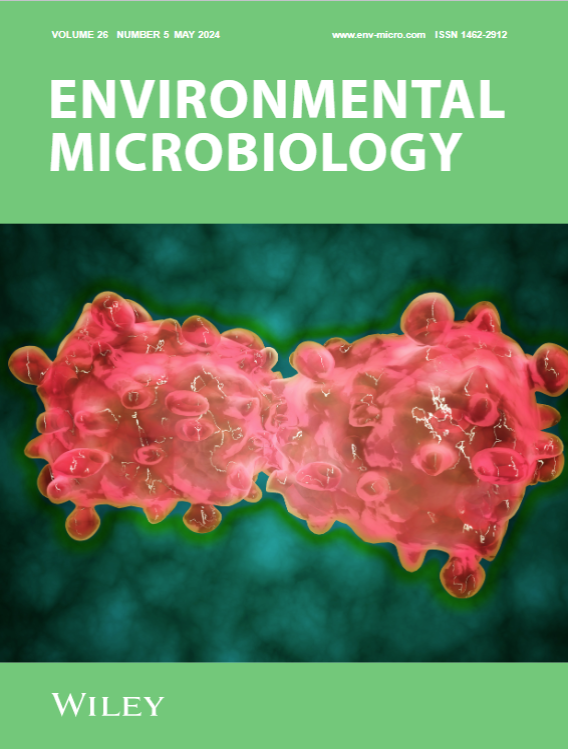Distribution of Surface-Layer Prokaryotes in the Western Arctic Ocean: Responses to Pacific Water Inflow and Sea Ice Melting
Abstract
Here, we evaluated how microbial community composition and functions vary along the path of Pacific water inflow, starting from the Bering Sea via the Chukchi Sea to the central Arctic Ocean. Our findings reveal that the inflow of Pacific water and sea ice melt significantly influence the environmental settings of the western Arctic Ocean, resulting in distinct prokaryotic communities with varied distribution patterns between the open Chukchi Sea and the Ice-covered central Arctic Ocean. The heterotrophic populations reliant on phytoplankton predominated in the Bering Sea and Southern Chukchi Sea, while in the Central Arctic Ocean, chemoautotrophic bacteria and archaea contributed equally with heterotrophic populations adapted to oligotrophic conditions. Although no specific functional genes were universally enriched across the metagenome libraries of prokaryotic communities, the relative abundance of functional genes varied among oceanic sectors. The assembly processes of prokaryotic communities in the western Arctic Ocean were found to be influenced by both deterministic and stochastic factors, with deterministic processes playing a more significant role. Thus, the ongoing increases in Pacific inflow and sea ice melt could lead to the displacement of native chemoautotrophic and oligotrophic populations in the Arctic Ocean by fast-growing heterotrophic populations better adapted to elevated nutrient concentrations and temperatures.





 求助内容:
求助内容: 应助结果提醒方式:
应助结果提醒方式:


